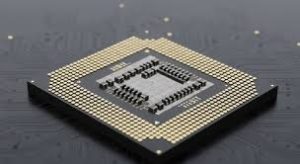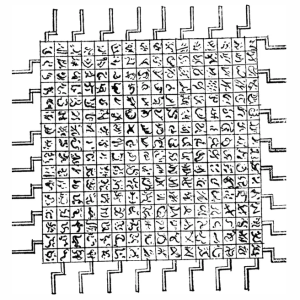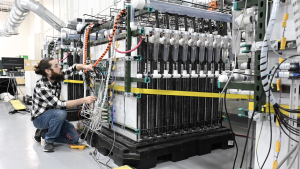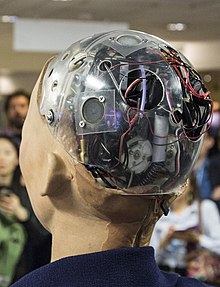“Hidden Cameras”

By Scott Hamilton
I came across a new technology developed by engineers at Carnegie Mellon University with the help of Artificial Intelligence that turns your standard wireless router into a camera of sorts. Utilizing a specialized algorithm and monitoring the signals from ordinary WiFi routers, they have the ability to “see” people through walls. While the technology cannot show full color images, or even images easily recognizable as people, it can monitor and map shapes and movements of people in a room. Actually they are able to detect moving objects anywhere the WiFi signal can reach. In my case the signal from my router reaches out into the street and covers an area around 300 feet around the house.
At first I thought this was just an experiment by the engineers performed in a controlled environment. For example it is fairly easy to think you have detected motion and people in a controlled environment, where the people are where you expect them to be, but it is an entirely different scenario to locate people in a random real world environment. It seems like something out of a science fiction film, that invisible electromagnetic waves from your own WiFi router can be utilized to see motion in your home. There are both positive and negative impacts to such a technology.
I can imagine that with the right equipment, our internet service providers could add an additional service of home monitoring without adding any equipment such as security cameras, motion sensors and vibration sensors throughout the home, simply by monitoring the signal strength. This would allow for much less invasive monitoring for both security and safety. Just think about the possibility of monitoring your elderly parents who want to remain in their own homes without actually “seeing” them, but just detecting events. For example, are they moving around the house? Have they been in the same position for too long? Did they have a fall? Giving them both the security of being monitored and yet the privacy to do as they please without having to be watched.
So how exactly does this technology work? It is really rather simple once you understand how WiFi signals are generated and how they behave in the environment. A router generates an electromagnetic wave that happens to bounce off an object in its path, this includes people, walls, doors, windows and pets. Every time the signal from the router hits an object, some of the signal is absorbed, some of it bounces back and some of it passes through the objects. Most modern WiFi routers have two antennas attached, which means they can both send and receive their own signal as well as signals from connected devices. This is the same concept behind the radar guns used to detect our speed on the highway. An electromagnetic signal is sent from the radar gun, bounces off your car, and is then received by the same radar gun. It sends two signals and uses the time difference to determine the speed of the car.
The concept here is the same – the AI monitors the WiFi signals bouncing around inside the home and as the signal hits objects, it changes the shape of the signal. While not as simple as a radar gun, because we are looking for multiple bounces, it still follows the same basic principles. The electromagnetic wave bounces off of objects in its path and changes the amount of time the sent signal from the router takes to bounce back to the router, or in the case of this particular experiment how long it takes the signal from the router to reach the AI’s antenna. WiFi has a set pattern and it is easy to detect a shift in the pattern. The shift, or shifts, in the pattern are caused by objects in the path of the signal; by monitoring these shifts in the signal the AI can detect objects in the path of the signal. This information in turn can be used to determine when objects in the path are moving, and therefore allowing the AI to know that something moved. Not only is it able to tell that something moved, it also knows the basic shape of the object in motion.
All the scientists did in this particular experiment was initially to ask the AI to create a 3-D model of objects detected by the bouncing of the WiFi signal off of objects in the path. It did not take long for both the researchers and the AI to notice familiar shapes of people, walls, doors, etc. among the generated images. They realized that they had turned a standard WiFi router into a rudimentary 3-D camera. It is not known if they plan to release the technology as a commercial product, or if they will take what I consider to be the higher road and release the technology on the public domain as an open-source toolkit. I expect with this kind of technology it will likely become a patented and licensed product and it won’t be long before you can purchase security monitoring services from your internet service provider utilizing the technology. Until next week stay safe and learn something new.
Scott Hamilton is an Expert in Emerging Technologies at ATOS and can be reached with questions and comments via email to shamilton@techshepherd.org or through his website at https://www.techshepherd.org.






